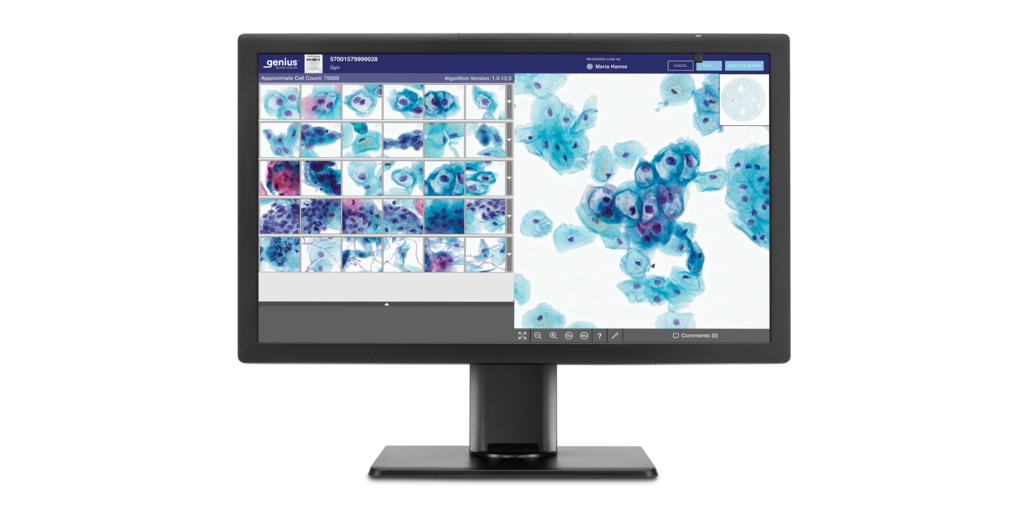The medical devices unit of American multinational Johnson & Johnson has announced the formation of a new neurovascular business, Cerenovus. The new business unit – which was announced at the European Society of Minimally Invasive Neurological Therapy (ESMINT) 9th Annual Meeting – will be focused on therapeutic development for stroke patients.
The annual incidence of hemorrhagic and ischemic stroke is expected to rise to 1.5 million by the year 2025, highlighting the need for better therapies to help minimize the negative after-effects of the event. In European countries, the total annual economic cost of stroke – including healthcare expenses, medications and loss of productivity – is estimated to be $27 billion.
“We believe stroke should not be a life sentence,” said Gabriele Fischetto, Vice President of Johnson & Johnson Cardiovascular Specialty Solutions in EMEA. “Cerenovus is inspired by our long heritage and dedication to improving patient lives.”
In the last year, Johnson & Johnson has been steadily acquiring smaller medical device companies in order to bolster Cerenovus’ product portfolio. In late 2016, Johnson & Johnson subsidiary Codman Neuro acquired Pulsar Vascular Inc., a company focused on treating wide-neck bifurcation aneurysms.
In April of this year, the company bought Irish device company Neuravi, seeking to gain access to their blood clot trapping system known as the EmboTrap Revascularization Platform. According to Johnson & Johnson, these “targeted investments” will “greatly extend Cerenovus’ abilities to address unmet clinical needs in these areas.”
“We believe there is no other healthcare company better positioned than us to assist in addressing the real pain points for doctors who treat stroke – from helping them work more efficiently; to achieving a higher success rate across all neurovascular cases,” said Fischetto.












Join or login to leave a comment
JOIN LOGIN